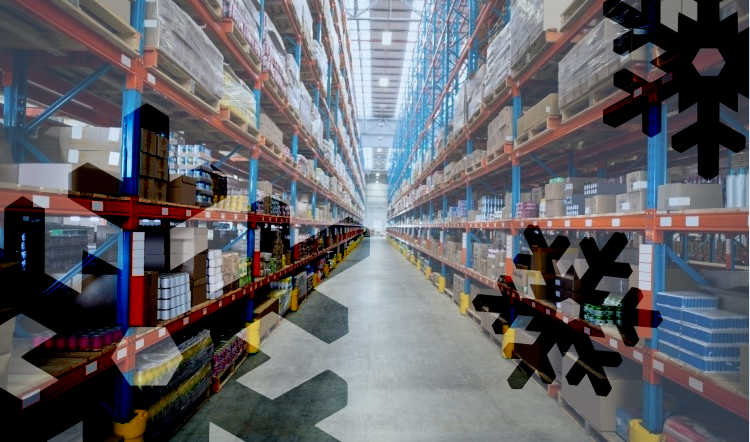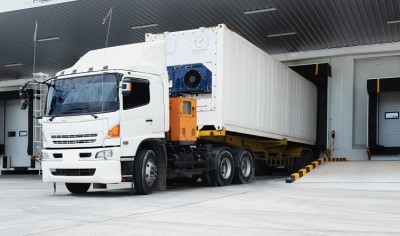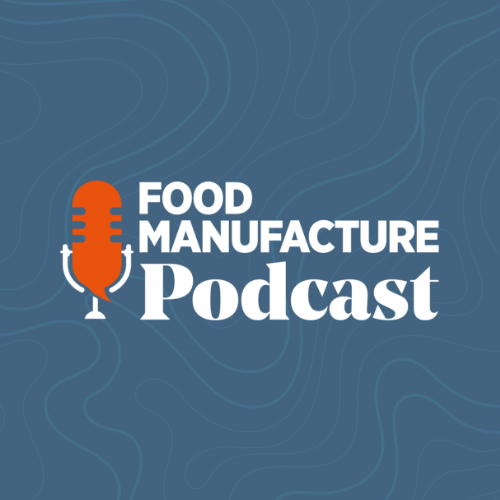Refrigeration feature
Refrigeration: Challenges and innovations in the UK cold chain

With the Met Office predicting that extreme heat in the summer will become the norm in the UK if emissions of greenhouse gases continue at the rate they are, food and drink businesses will need to start rethinking how they run their cold chains in order to keep products fresh and safe.
Richard Pike, technical and sustainability director at COOK noted that the hot weather in the UK has meant its refrigeration plant has been under intense pressure as temperatures way above the parameters that most of the kit is designed to cope with.
“Ten years ago, installers were working on an average operating limit of 25 degrees centigrade,” he explained. “Our installation three years ago was at 34 and now suppliers are working to 40 degrees.”
“Energy efficiency is clearly becoming more and more paramount and ways to reduce usage like voltage optimisation have become more cost effective.”
Flowing under adversity
Cold Chain Federation policy director Tom Southall noted that the cold chain was having to draw on its great resilience in keeping food supplies flowing under adversity.
"During hot weather refrigeration systems have to work extremely hard, and cold chain operators are increasing inspections and maintenance and reducing heat ingress wherever possible to keep equipment running reliably,” he continued.
This period of extreme weather – with the highest recorded temperatures since 2019 – was made even worse by the rapid increase in energy prices during the same period. Not only were refrigeration units called on to do double duty, but businesses now had to pay twice as much to keep them running. And this will only get worse as energy prices are expected to triple before the end of the year.
“Amidst sky high energy prices, this summer’s heatwaves are placing an enormous strain on cold chain operations and costs,” said Southall.
“Our recent Cold Chain Report shows energy costs in cold storage have more than doubled in the last year, so the cost pressure of this increased energy demand is huge. The impacts are being felt most keenly by smaller and medium-sized businesses who have a lesser ability to absorb extra costs and less negotiating power with their customers.”
Driven by escalating wholesale prices, the increases also reflect the significant cost of large-scale renewable energy developments necessary to meet increased demand as well as a range of non-commodity charges.
As Ian Gadsby, managing director at Ylem Energy, explained, these charges are unavoidable unless a business can generate its own energy or significantly reduce consumption.
“For all large energy users and businesses throughout the cold chain, the challenge this presents is obvious,” Gadsby added. “But it is compounded by the energy market’s volatility which means that for those who continue to rely solely on sourcing power from the National Grid, it is extremely difficult to forecast and budget with any confidence.”
Driving capacity increases
Cold Chain Federation Policy Director Tom Southall: “Another impact of the warm weather is high demand for frozen products such as ice cream and BBQ food which increases capacity levels at frozen cold stores, this is normal for this time of year and supply chains are well prepared for increased demand.”
Another key driver behind the cold chain’s adoption of renewable energy besides this energy crisis has been the constant pressure for businesses to drive down their carbon emissions. Some business may choose to adopt different gases in their refrigeration systems in an effort to reduce their carbon footprint, but Air Products UK&I Freshline Applications Product Line Manager Neil Hansford argued there is no ‘one size fits all’ answer for this issue.
“Solving sustainability challenges is good business and, importantly, the right thing to do,” said Hansford. “We believe greater collaboration and innovation is key to addressing them, which is why it’s important for the food industry and its suppliers to work together to help cut food waste, increase shelf life and reduce the environmental impact.
“The goal of producers is clear – to cut their carbon footprint by as much as possible, as quickly as possible, without compromising on the safety or quality of their products. What must be understood now is that there is more than one way to do that – and sometimes it isn’t the obvious solution which will have the best effect.”
The mounting pressure to more to more sustainable refrigeration options has seen many businesses in the food and drink industry become early adopters of combined heat and power (CHP) technology and we are now seeing growing interest in understanding the transition process from traditional CHP to help achieve that.
“An Ylem Energy survey conducted recently with more than 100 businesses in the sector found that 88% believed fuel cells were set to play an important part of their future energy strategy,” added Gadsby. “Powered by Hydrogen, fuel cells will offer significant cost savings compared to sourcing energy from the grid and will enable businesses to refocus on their low carbon strategy, supporting the drive to net zero.”
“Ultimately, the cold chain fulfils a vital function for us all and it has a major role to play in the shift to a low carbon economy. Implementing onsite generation solutions can help large energy users throughout the industry to position themselves, be ready to adapt and take those first steps towards longer term sustainability.”
Gas choices
Technical and sustainability director at COOK Richard Pike: “So much refrigeration in the UK is still 404A which has a very high GWP and businesses are switching to options that are a direct drop in replacement with a lower GWP but the smart move for these installations where possible is to replace with CO2.
“I think that new build options are generally between Co2 and Ammonia – Co2 being less energy efficient than Ammonia but a less expensive option.”
In response to this changing demand, more and more producers are opting to choose cryogenic freezing as a way to stay flexible.
Cryogenic freezing
“Cryogenic freezing gives a much more rapid chill or freeze of the product over what can be achieved with mechanical technologies,” explained Niel Hansford at Air Products. “With the ability to operate at -120⁰c or even colder, cryogenic systems can run three times colder than mechanical freezers, delivering a finished product significantly faster.
“This increased speed gives producers more scope to ramp up operations and process more product quickly, as well as increasing the variety of products they can produce in a day. Equally, the quicker production rates possible with cryogenic freezing can alleviate the staffing issues being experienced currently, by getting products produced and chilled/frozen in a much quicker timeframe and on a much smaller footprint.”
Cryogenic freezing also enhances applications such as crust freezing, individual quick freezing (IQF) and glazing, providing greater efficiencies, a reduction in food waste and superior quality. A focus on speed, quality and flexibility was exactly why cryogenic technology was brought into freezing.
“Combining cryogenic freezing with Modified Atmosphere Packaging is able to further extend the life and quality of products available from chilled counters – bringing the best of both worlds,” said Hansford.
“Once preserved using the technology, products can be stored and distributed in their frozen state and thawed on demand – adding further flexibility to the logistics process.”
















